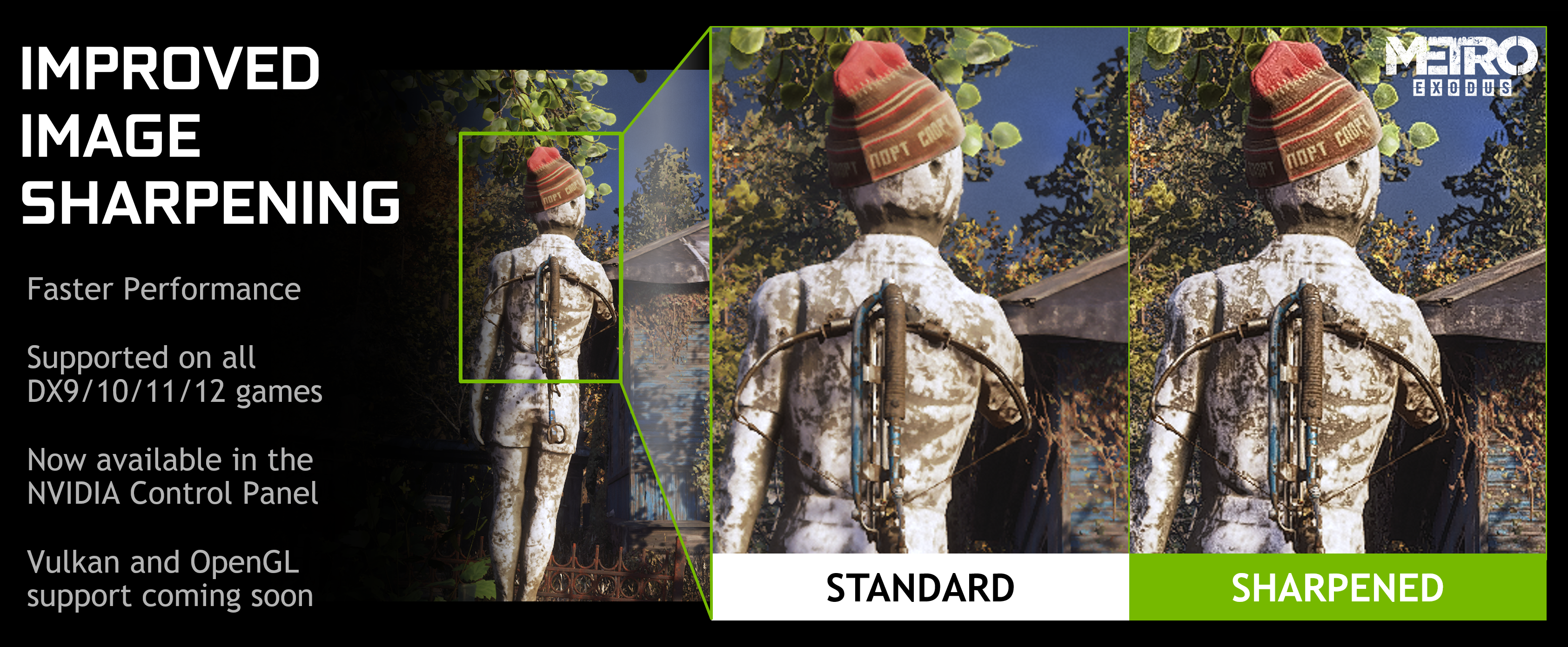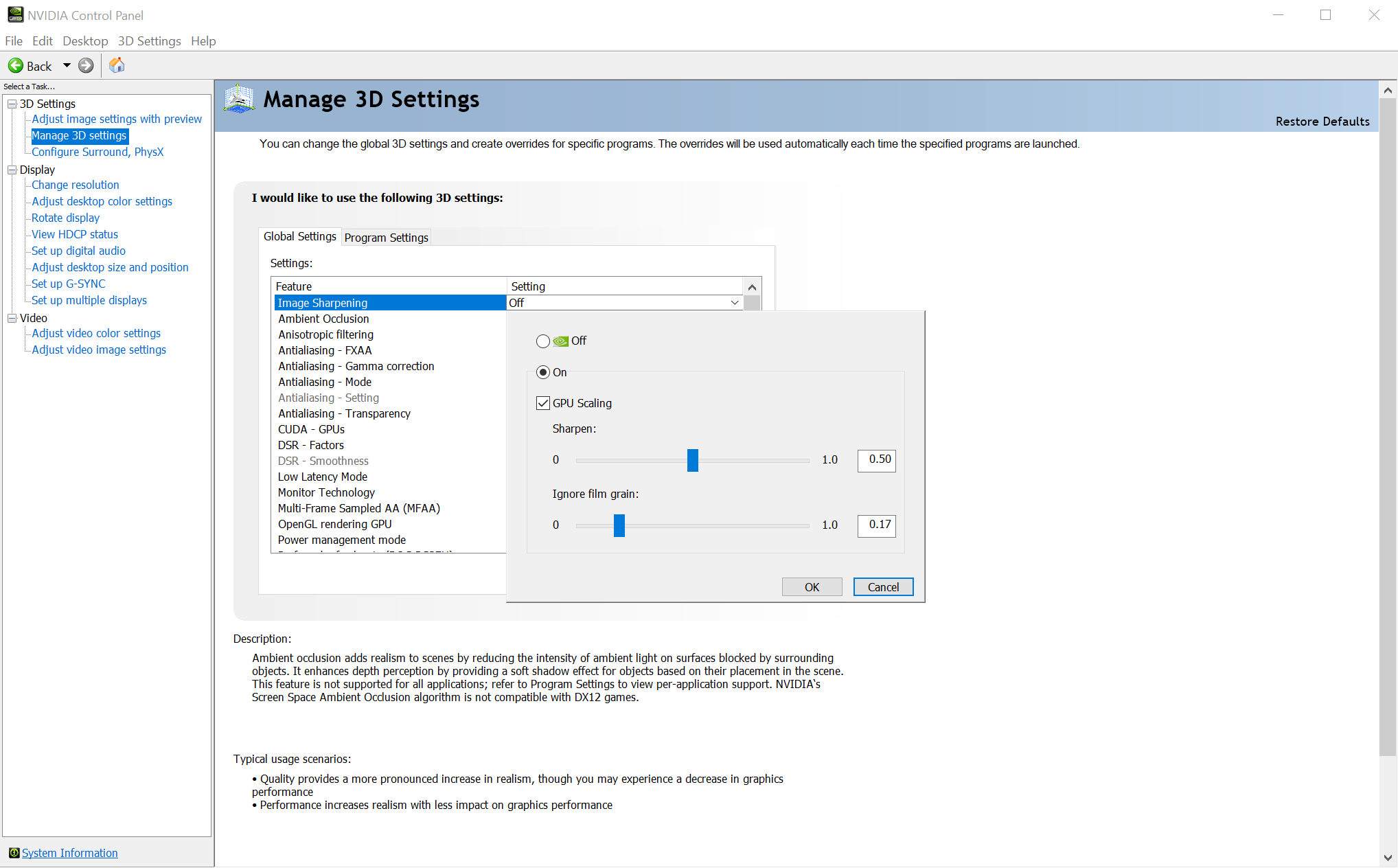jorimt wrote:I don't plan on trying it (at least any time soon). I don't even use ReShade anymore. Nothing wrong with using filters, I just lost the interest a few years back, and have grown used to native res and native sharpness/color grading in games. Then again, I calibrate all my (non-HDR) displays to 100 nits, so no doubt I'm in the minority of gamers (and a bit boring

) in this respect.
I guess I'm boring too, because, as I mentioned, I was never a fan of filters, and don't appreciate having my retinas burned by an overly lit display, either.

I wish I knew how to properly calibrate my sets. Perhaps in the near future I'll invest in a tool and follow a guide, since my TV has a built-in test pattern generator.
jorimt wrote:
Appears that's the case, yeah.
---
If you want it to fill your screen with an upscaled resolution without stretching, and ensure the game doesn't override it, yup.
---
You're welcome, and, as far as I'm aware, G-SYNC is forced off for Firefox at default. At least, it is on mine from a quick peak at its profile in Nvidia Inspector.
Awesome! And yeah, it's not possible to enable G-Sync for Firefox (that's what I meant by having a profile that can't be changed individually). It's just that, prior to the firmware that enabled G-Sync, I never had a problem with tearing outside of games.
By the way, I was thinking about your recommendation to set a FPS limit of 3 below the display's maximum refresh rate. According to Nvidia, my TV's VRR range is 40-120Hz. Of course, due to current GPUs still not supporting HDMI 2.1, 120Hz is only available for resolutions up to 1440p.
However, I was able to add a custom resolution of 3840x2160 with a refresh rate of 66Hz, using CRU (a 10% increase over the previous max of 60Hz). Should I cap the FPS at 63, in 4K, then? Or, because the panel is capable of doing 120Hz, it doesn't really matter when playing in 4K, and I should limit the FPS only when playing in 1440p, to 117 FPS?


